Why Does Fusible Interlining Bubble After Bonding?
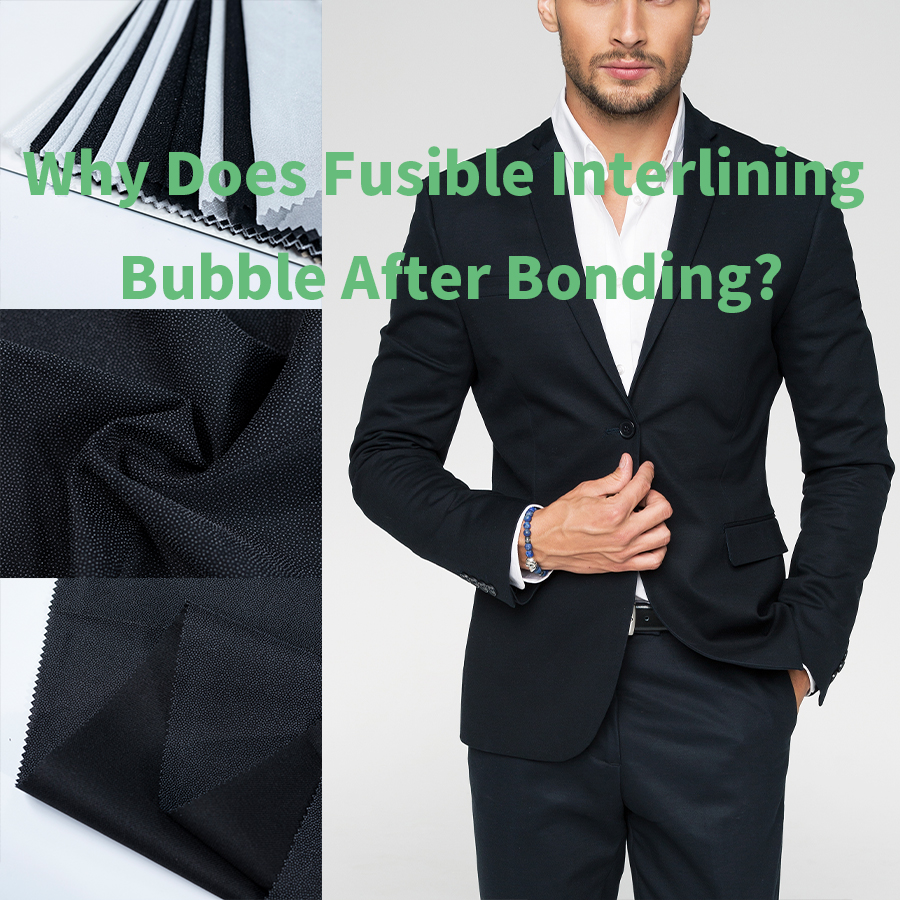
Why Does Fusible Interlining Bubble After Bonding?
When bonding fusible interlining to fabric, you might notice bubbles, wrinkles, or delamination, which spoil the finish. These defects often stem from mismatches in materials or errors in bonding process. In this article, we’ll explore what causes these bubbling issues, how manufacturers prevent them, what consumers can watch out for, plus FAQs & why choosing Shanghai Uneed Textile Co., Ltd. gives you peace of mind.
What Is Interlining and Why Is It Important?
Interlining is a layer of fabric inserted between the outer fabric and lining to add body, shape, and support to garments. It is widely used in shirts, suits, coats, and dresses. Depending on the type, interlining can be fusible or non-fusible, with fusible interlining requiring a bonding process using heat, pressure, and time.
The quality of the bonding directly impacts the garment’s final look. Poor bonding can lead to bubbling, warping, or delamination, which affects both aesthetics and durability.
How Does the Bonding Process Work?
The bonding process of fusible interlining relies on three critical factors: heat, pressure, and time.
-
Heat – The adhesive on fusible interlining melts at a specific temperature range. If the temperature is too low, the adhesive won’t activate fully; if it’s too high, the adhesive may burn or damage the fabric.
-
Pressure – Adequate pressure ensures the adhesive spreads evenly across the fabric surface, creating a strong and uniform bond. Insufficient or uneven pressure may cause partial adhesion, leading to bubbles.
-
Time – The bonding process requires proper pressing duration. Too short, and the adhesive won’t set completely; too long, and overheating may occur.
When these three factors are balanced correctly, the fusible interlining adheres smoothly to the fabric without defects.
What Causes Interlining to Bubble After Fusion?
-
Thermal Shrinkage Mismatch
Fabrics and interlinings react differently to heat. If the outer fabric shrinks more than the interlining (or vice versa), the excess material puckers and bubbles when cooled. -
Improper Heat, Time, or Pressure
If bonding temperature is too low, adhesive won’t fully activate; too high, and fabric/adhesive may degrade. Too short time or uneven pressure also lead to incomplete adhesion, letting air pockets form. -
Inconsistent Adhesive Application or Particle Size
When adhesive coating is uneven, or hot-melt powder sizes vary, some areas lack adhesive or have too much—both can trap air or cause bubbling. -
Fabric Finish, Surface Texture, and Moisture
Smooth vs. rough surfaces, coatings (e.g. waterproofing), or residual moisture in fabric can prevent adhesive from fully making contact everywhere. Moisture can vaporize under heat, forming bubbles. -
Back-folding or Misalignment During Bonding
If the fabric and interlining aren’t placed flat or aligned properly before fusing, folds or slack will create space for air, resulting in bubbles.
How Do Manufacturers Prevent Bubbling?
-
Material Matching & Pre-Testing
Choosing fabrics and interlinings with similar thermal shrinkage and moisture behavior. Laboratories run sample bonding under various heat/time/pressure settings to find optimal parameters. -
Precise Control of Fusing Parameters
Factories maintain strict control over temperature, dwell time, and pressure across the bonding surface. Uniformity of pressure and correct heat distribution are crucial. -
Uniform Adhesive Coating
Ensuring the adhesive is applied evenly, whether it’s dot-coated, full-coat, or film, with consistent particle size and dispersion. -
Proper Handling & Drying
Making sure fabric is dry, free of moisture, and handled without wrinkles before fusing. Flat alignment and tension control are also managed. -
Inspection & Quality Assurance
After bonding, visual inspection (look for bubbles, wrinkles) and mechanical tests are done. Some manufacturers do accelerated aging or wash-and-dry cycles to ensure bubbles don’t form over time.
What Can Consumers Do to Identify Quality & Avoid Bubble Problems?
-
Check Key Seams & Bonded Areas
Collars, plackets, cuffs—areas where interlining is used heavily—should appear flat and smooth. If you see small bumps or ripples, bond quality might be poor. -
Test by Touch & Light
Press lightly or hold up to light in some cases: unevenness may show as shadow or roughness. Fabric should feel uniform. -
Seek Fabric & Care Instructions
Garments with clear instructions about heat press ironing, dry cleaning, etc. tend to be from manufacturers who care about bonding quality. -
Wash/Test Wear
See how a garment behaves after its first wash or steam. If bubbles or delamination appear, the issue was likely in materials or bonding. -
Ask Brand Questions
Inquire whether the interlining supplier tests their products for bonding defects, what adhesive system they use, what bonding conditions (temperature, press). Brands that can explain those are usually more reliable.
FAQ (Frequently Asked Questions)
Q: Can bubbling appear immediately or only after washing?
A: Both. Sometimes air is trapped from the moment of bonding and shows up right away. Other times, thermal shrinkage or moisture exposure during washing/pressing causes bubbles later.
Q: If I see a bubble, can it be fixed at home?
A: Minor issues might improve with careful re-pressing (using correct heat/pressure, a towel or pressing cloth). But if adhesive was never properly activated, bubbles tend to persist.
Q: Does a heavier interlining reduce bubbling?
A: It can help—more adhesive or a thicker bonding interface can make bonding more stable—but heavier interlining also risks affecting drape, feel, breathability. The best choice balances support and comfort.
Q: Is bubbling always a sign of bad quality?
A: Not always—but it’s a strong indicator that either materials or process weren’t optimal. Sometimes cost-saving leads to poorer adhesives or shortcuts in bonding conditions.
Why Choose Shanghai Uneed Textile Co., Ltd.?
At Shanghai Uneed Textile Co., Ltd., we understand how critical clean, bubble-free bonding is for quality garments. Here’s how we stand out:
-
Material Compatibility Expertise: We select fabric and interlining pairings with closely matched thermal shrinkage and moisture behavior to avoid mismatch problems.
-
Advanced Fusing Equipment & Strict Process Controls: Our facilities are equipped to regulate temperature, pressure, and bonding time precisely, ensuring consistency.
-
Uniform Adhesive Application: We use modern coating and adhesive technologies to ensure even adhesive distribution, minimizing air traps.
-
Thorough Quality Inspection: Finished products undergo visual checks, wash and pressing simulations to uncover any bubbling or delamination before shipping.
-
Customer Support & Technical Transparency: We share bonding guidelines and help clients test in their own environments to ensure final product satisfaction.
continue reading
Related Posts
This article explains what necktie interlining is, common materials and weights, construction options, color characteristics, and practical tips for choosing the right interlining for different tie styles.
This article provides an overview of the typical price ranges of different types of interlining, including woven, nonwoven, fusible, elastic, shirt, and hair interlining.
This article compares hair interlining and horse hair interlining in terms of material composition, structure, performance, and garment applications, helping manufacturers and tailors choose the right interlining for different types of tailored garments.

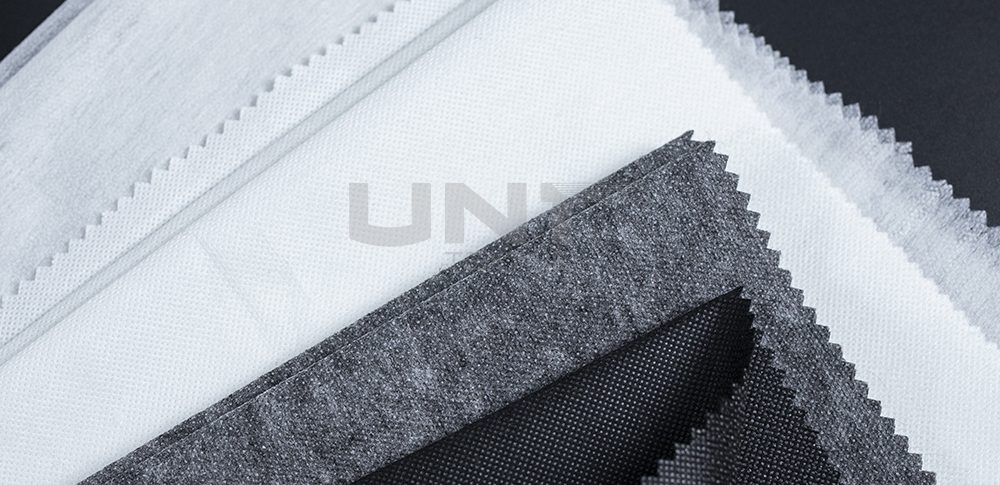
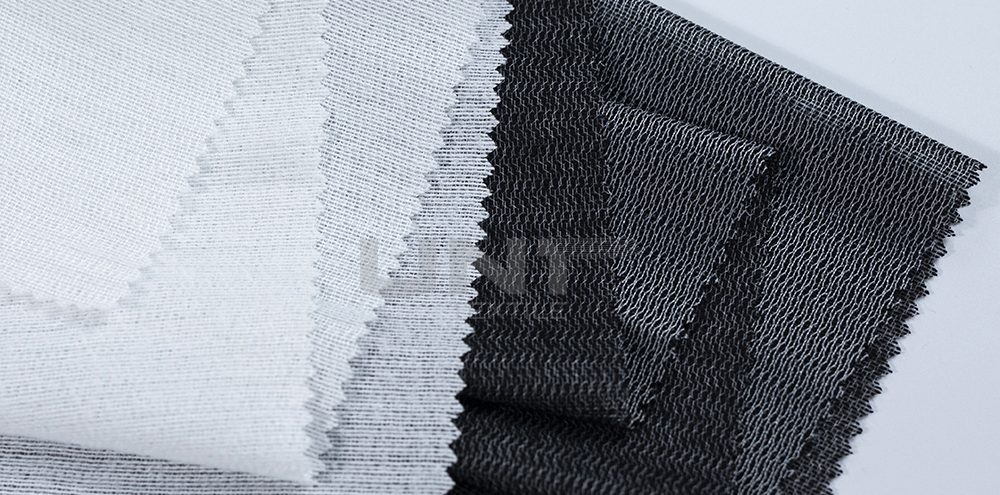
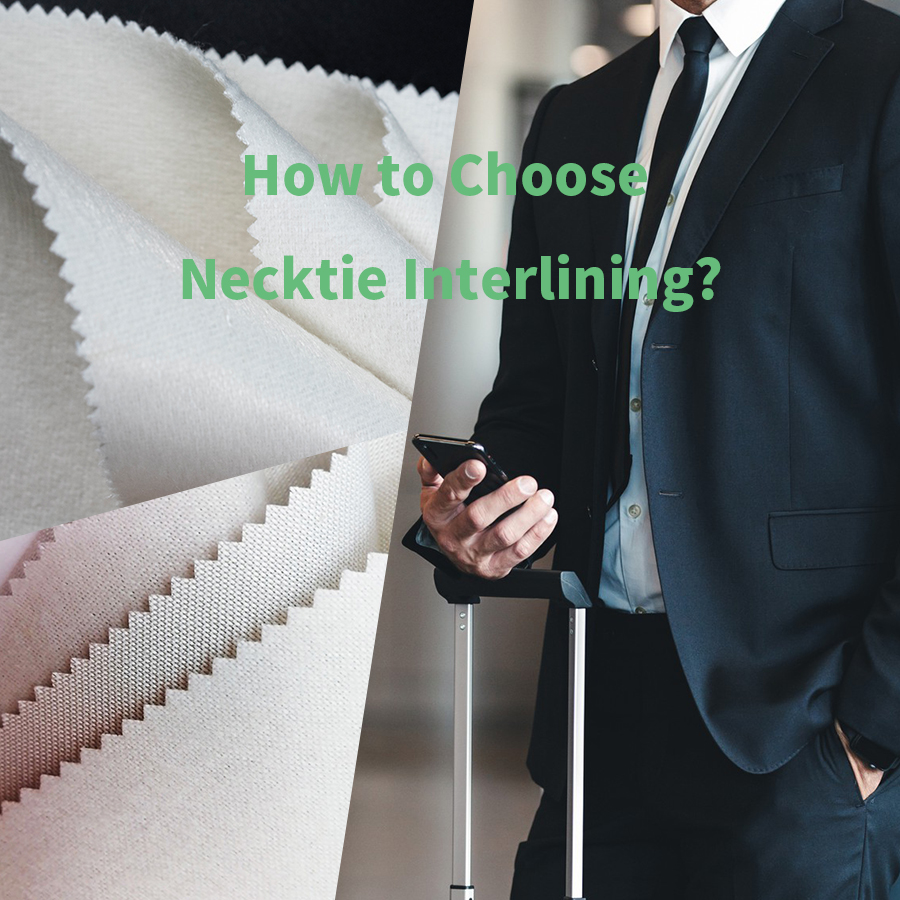
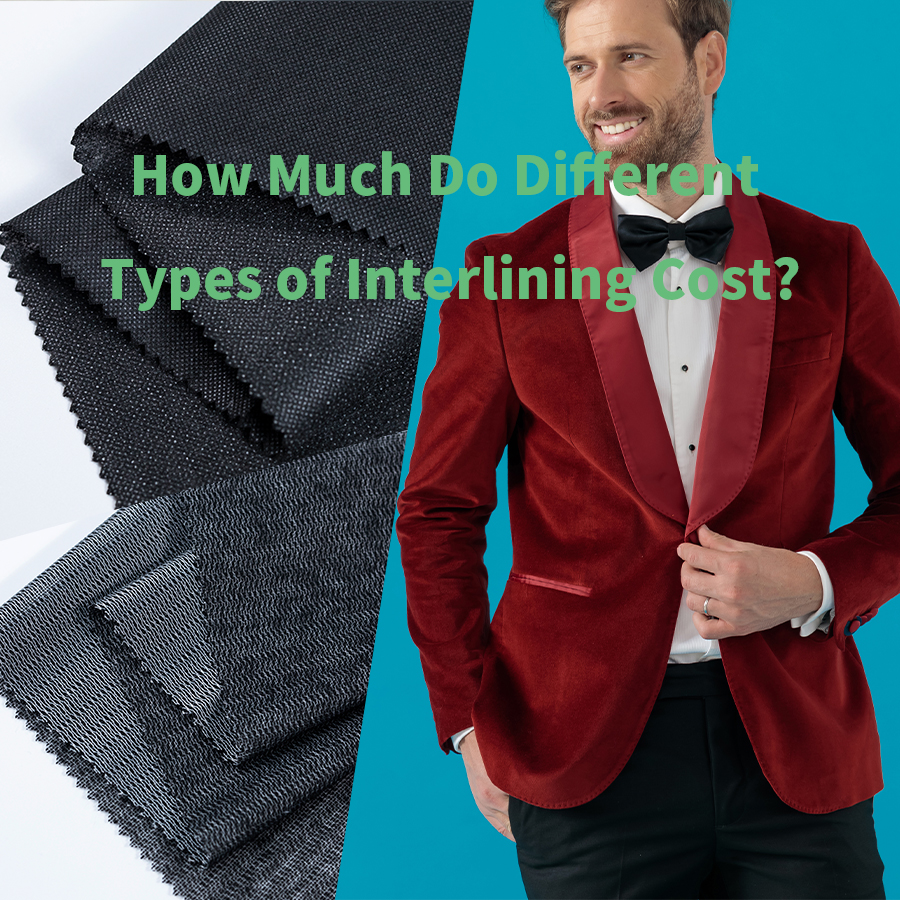

.png)